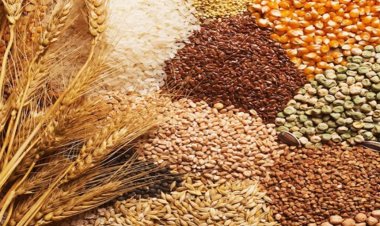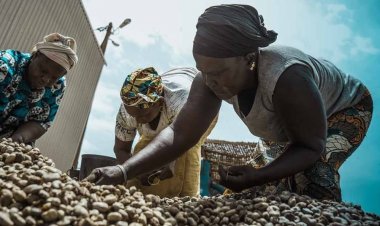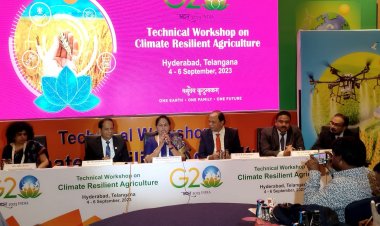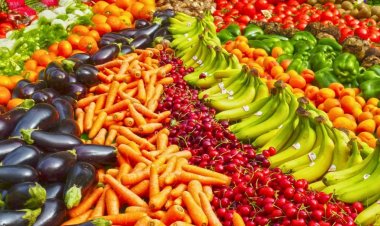Only 17% SDGs are on track, food security in danger as 122 mn more people suffered from hunger
The Sustainable Development Goals Report 2024 by the UN says that Only 17 percent of the SDGs targets are on track. It noted that an additional 23 million people were pushed into extreme poverty and over 122 million more were suffering from hunger in 2022 compared to 2019.
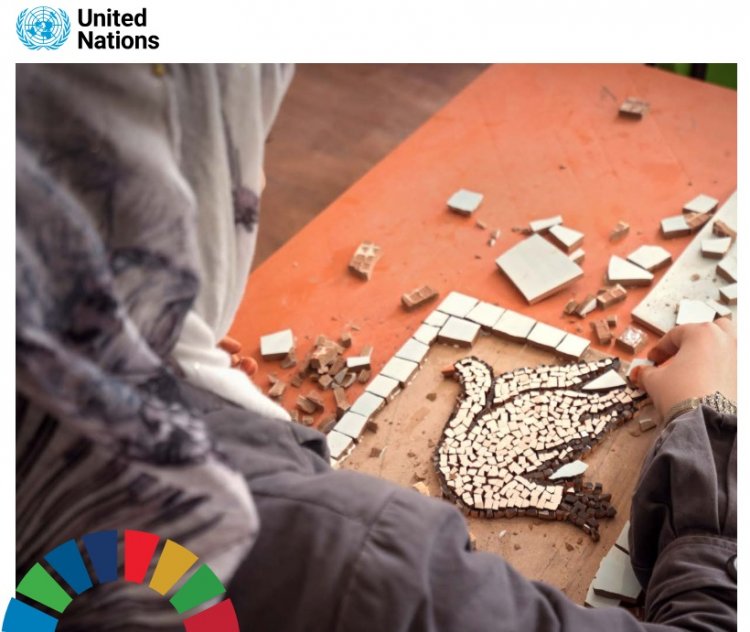
Only 17 percent of the Sustainable Development Goal (SDG) targets are on track, nearly half are showing minimal or moderate progress, and progress on over one third has stalled or even regressed. This has been stated in The Sustainable Development Goals Report 2024, released by the UN on Friday. It says that the scarring effects of the COVID-19 pandemic, escalating conflicts, geopolitical tensions, and growing climate chaos are hitting SDG progress hard. It noted that an additional 23 million people were pushed into extreme poverty and over 122 million more were suffering from hunger in 2022 compared to 2019.
Last September, Heads of State and Government gathered in New York for the SDG Summit to review progress towards the SDGs and deliberate on areas requiring acceleration. Crucially, they reaffirmed their commitment to the SDGs, agreeing on the need for urgent, ambitious and transformative efforts to achieve the Goals in full by 2030. In the political declaration adopted by the General Assembly, Member States recognized that “the achievement of the SDGs is in peril” and stated their determination “to make all efforts to implement the 2030 Agenda and achieve the Sustainable Development Goals by the target year of 2030”.
Nearly a year later, intensifying, interconnected challenges continue to endanger the realization of the SDGs by the 2030 deadline. The Sustainable Development Goals Report 2024 reveals that progress has ground to a halt or been reversed across multiple fronts, despite reaffirmed pledges. The lingering impacts of COVID-19, compounded by conflicts, climate shocks and economic turmoil, have aggravated existing inequalities.
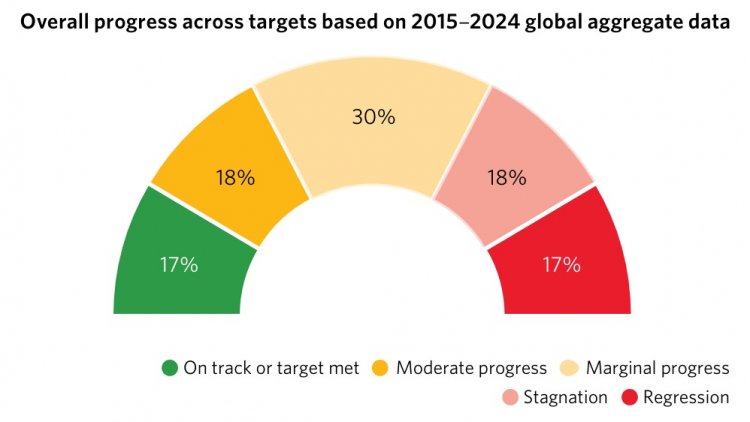
122 million more people faced hunger
SDG2 pertains to zero hunger, but between 691 million and 783 million people faced hunger in 2022. Considering the mid-range (735 million), 122 million more people faced hunger in 2022 than in 2019, when the prevalence was 7.9 per cent. Moreover, food insecurity levels remained high and unchanged for two consecutive years. An estimated 29.6 percent of the world’s population, or 2.4 billion people, were moderately or severely food insecure in 2022.
Malnutrition among children under age 5 remains a significant concern, posing heightened risks to their growth and development. Globally in 2022, an estimated 22.3 per cent of children under age 5, or 148 million, were affected by stunting (being too short for their age), down from 24.6 per cent in 2015. Based on current trends, 1 out of 5 (19.5 per cent) of children under age 5 will be affected by stunting in 2030.
Accelerated action needed for sustainable agriculture
The report says that productive and sustainable agriculture is key to ensuring the attainment and continued satisfaction of human needs in present and future generations. Data from 2021 suggested that the world was at a moderate distance from achieving productive and sustainable agriculture (with a score of 3.4 out of 5) and had witnessed a slight improvement since 2015. Regional disparities were evident, however, with the highest score of 4.1 in Europe and Northern America compared to the lowest score of 2.6 in the LDCs. Evidence suggests that all regions urgently need to take sustained, concerted actions to improve productive and sustainable agriculture by 2030. They otherwise risk missing the target by a wide margin.
Income of small farmers is less than half that of large farmers
Small-scale food producers play essential roles in agricultural and food production systems, enhancing resilience and fighting hunger, it says. Despite their significant contributions, however, they are often among the most vulnerable groups in rural areas and within the broader agrifood system. In 95 percent of countries with available data, the average annual income of small-scale producers is less than half that of larger-scale producers. This income disparity persists across countries, regardless of income level. Small-scale food producers headed by men typically generate higher incomes than those headed by women. The latter had incomes that were less than 70 per cent of those earned by the former in nearly 50 percent of countries with available data.
Government spending on agriculture
Between 2015 and 2022, global government spending on agriculture increased steadily, reaching a record high of $749 billion in 2022. Government expenditure on agriculture relative to the sector’s GDP contribution, as measured by the agriculture orientation index, declined from 0.5 in 2015 to 0.43 in 2021 before rebounding to 0.48 in 2022. The pandemic contributed to the fall as government resources were allocated to other sectors.
From 2015 to 2022, the volume of aid for agriculture provided to developing countries increased by 47.2 per cent, from $12.3 billion to $18.1 billion (in constant 2022 prices). A 33 per cent increase from 2021 to 2022 was primarily driven by agricultural development projects and initiatives in agricultural policy, administrative management and financial services.
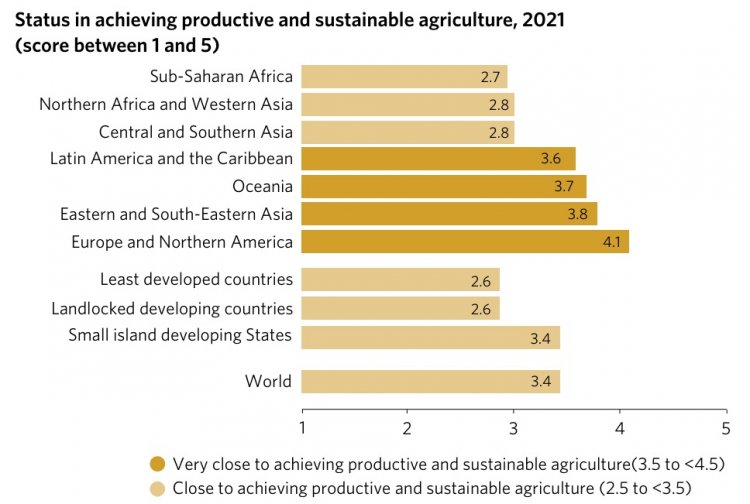
60 percent of countries faced high food prices
Nearly 60 percent of countries faced moderately to abnormally high food prices in 2022. Globally, the proportion of countries facing moderately to abnormally high food prices rose sharply in 2022, reaching a new record high of 58.1 per cent. This represented a nearly fourfold increase from the 2015–2019 average level of 15.2 per cent. In Central and Southern Asia and Eastern and South-Eastern Asia, the share of countries facing moderately to abnormally high food prices in 2022 was lower than the peak in 2020 but remained higher than the yearly average and the 2015–2019 average.
Major disruptions to logistics and food supply chains after war broke out in Ukraine resulted in higher food and energy prices, particularly during the first half of 2022. The war also exerted strong upward pressure on fertilizer prices, adding uncertainty to farmer planting decisions.
Global failure to meet climate goals
Global agriculture is facing warming weather as the gravest challenge. As the report says, the World Meteorological Organization (WMO) confirmed that 2023 was the hottest year on record, with global average temperatures soaring to approximately 1.45°C above pre-industrial levels. In 2022, global greenhouse gas emissions reached a new record of 57.4 gigatons of CO2 equivalent, according to the United Nations Environment Programme’s Emissions Gap Report 2023. About two thirds of emissions comprised CO2 from fossil fuel combustion and industrial processes.
Current national policies set the world on track for warming of 3°C. NDCs lower this to 2.5°C, while all net-zero pledges would put warming at 2°C, although these pledges are highly uncertain. There is currently only a 14 percent chance of limiting warming to 1.5°C, underscoring the urgency of immediate, accelerated action to significantly cut emissions this decade.



 Join the RuralVoice whatsapp group
Join the RuralVoice whatsapp group



















